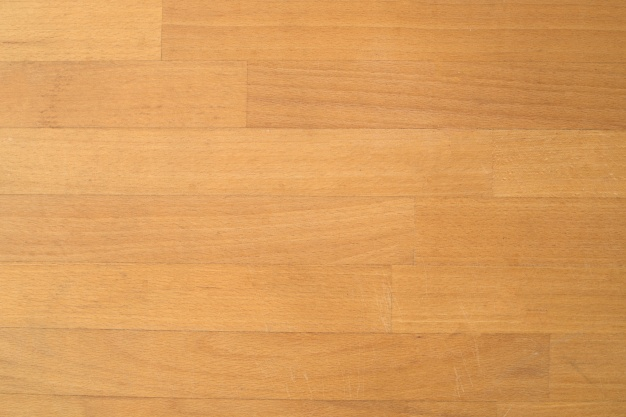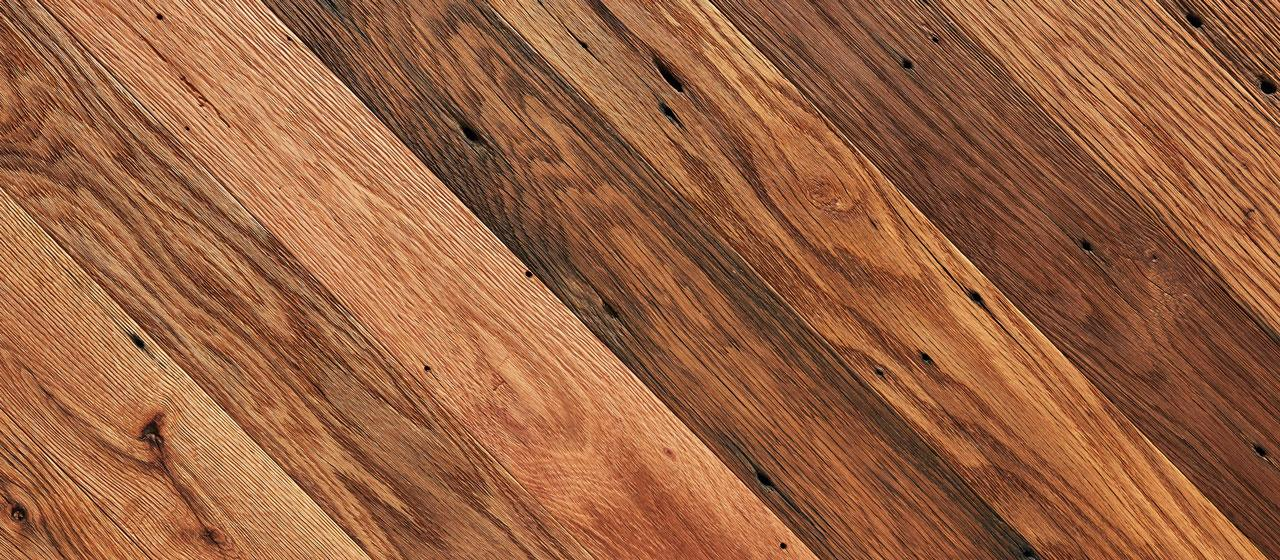Flooring material is arguably the most important part of any home interior. It sets the stage for your interior design, carries through all the rooms of the home, and performs an important function all at the same time.
Solid hardwood flooring is one of the most popular styles and looks for home interiors. It has a timeless appeal that works in all interior designs, and complements any style of home. The look is so popular, in fact, that many people have even begun to explore wood-look alternatives in order to get the same wood grain style. The reasons vary why someone would consider a flooring material material other than wood, from maintenance to installation to environmental factors.
Ready to Discover More?
Your next project is just around the corner. Browse our product galleries for more inspiration.
One such alternative is laminate – a flooring material made up of many layers laminated together with a top layer that looks like wood. Homeowners install laminate often believing it will give them the look of wood grain along with several other advantages. The reality though, usually different, is that laminate offers no real advantages to homeowners over actual wood floors. When trying to decide if a type of wood flooring is right for your home, make sure to examine the pros and cons of laminate vs hardwood flooring..
Pros and Cons of Laminate Flooring

Laminate flooring is different from hardwood flooring in a variety of ways. This flooring type is a human-made composite product while solid hardwood floors are made from real wood. Laminate flooring is usually more water-resistant and has other features that may make it an ideal choice in certain instances. It’s important to understand the differences between the two to figure out what is best for your home.
Appearance
Laminate flooring is often called a wood-based material or a wood-look material, which can give rise to the assumption that the material is actually a form of wood or is derived from wood. This is not the case.
Laminate is actually made up of several layers of fiberboard that are glued together with a resin. The top layer is a graphic print with a clear finish over it, that simulates the look and grain of wood. The multiple layers are laminated together or fused together using heat and pressure.
The result is a plank or board that may resemble wood from a distance but is not made of wood in any way. However, because laminate flooring is a human-made product, it may have a wider selection of finishes and appearances.
Longevity
Depending on the brand you purchase, laminate flooring can have differing levels of water resistance. While it won’t stand up to pooling water, it can be installed in some wet areas with limited moisture, like half bathrooms.
Laminate floors are also mistakenly thought to be easier to care for than wood. This is far from the case, however. Laminate flooring can scratch, dent, and crack. It’s also highly susceptible to moisture and can swell and buckle. If installed incorrectly, the swelling and buckling can be permanent, leading to large humps in the flooring simply from moisture in the air. Laminate can also de-laminate, meaning that the layers can begin to peel off, usually in the presence of moisture. Unfortunately, any damage to the laminate may mean a hefty remodel project, as laminate cannot be refinished. This shortens the lifespace of the floor when compared to well-maintained hardwood.

Eco-friendliness
Finally, some people believe that laminate is more eco-friendly because it doesn’t require new cut trees to produce. This isn’t necessarily the case, however. The glue and resin that the laminated material uses often contains high levels of VOCs, which will offgas over a period of 5 years after manufacture.
Installation
In many cases, laminate floors may be easier to install than wood flooring. Laminate planks can be either glued down or floated with edges that click- lock together. For a DIY homeowner, installing a floating floor can feel a lot more doable than installing a solid wood floor. This may also result in a faster installation process or be more manageable for a small space. You’ll also need to consider additional supplies, like underlayment, which isn’t necessary for hardwood floor installation.
Pros and Cons of Hardwood Flooring
Overall, wood flooring is more attractive, longer lasting, and, in many instances, more environmentally-friendly than laminate. Investing in quality wood flooring means that you will have a floor that will be a part of your home for decades, while installing laminate means that you could be installing a new floor again in just a few years.
Appearance
Real wood flooring has a look, grain, and finish that is impossible to replicate with laminate flooring. Wood comes in a wide range of widths, grain textures, and species, so you have numerous choices on how you’ll design your home flooring.
Longevity
Wood also retains value and can improve the saleability of your home – something that laminate cannot do. Solid wood may also expand and contract with moisture, but not nearly as dramatically as laminate. If exposed to water in wet areas, wood floors are susceptible to warping and should not be installed in those rooms. Wood floors may scratch depending on the finish, but can be sanded and refinished again and again – laminate can never be repaired; if it swells or scratches it must be replaced.
Eco-Friendliness
Not all wood flooring needs to come from new cut trees; reclaimed wood floors are also available that have come from structures more than 100 years old. The old wood still has a lot of years left in it, and using it won’t impact the environment in the same way. In many instances, reclaimed wood floors are also more durable than newly sawn wood. This is due to the wood products being crafted from old growth trees, meaning that the wood had more time to mature over time increasing the durability. Depending on the type of wood, reclaimed wood floors can stand up to more years of wear and tear.
Installation
Wood floors are also able to be glued down, and some forms of wood flooring can also be installed in a floating manner, although solid wood cannot be. It may be more difficult for a DIY homeowner to install, but laminate won’t last long under wear and tear of a busy household, meaning that you’ll have to replace it again in a few years, while a well-treated wood floor can last a hundred years or more. Most real hardwood flooring requires nailing to ensure a durable installation, and should be completed by a professional installer.
How to Know Which Flooring Option is Right For You
There are a variety of factors for homeowners to consider when choosing a flooring option. Both types of flooring are acceptable for homes and businesses, and each has rooms they are best-suited to. The type of room and overall use of the space will be a large factor for deciding what type of floor to install. It’s also important to consider how much time one plans to live in the home and future planning for a resale.
If you’re trying to update a room that has some moisture, consider laminate flooring. In comparison, real hardwood flooring brings a sense of luxury and warmth that can’t be matched by man-made laminate flooring. If cared for properly, hardwood can also help to ensure a higher resale value of your home and also has a longer lifespan.
Make the Better Choice With Elmwood Reclaimed Timber
There are an array of flooring options for homeowners to browse through, from laminate and vinyl flooring to solid hardwood and engineered hardwood flooring – and then the finish options make nearly endless combinations. It’s important to consider all your options when determining the right flooring material for your interior. There are few flooring options better than a real hardwood floor, but it really is up to the homeowner and how they want to utilize their space. If you’ve been trying to decide what the right material is for your home flooring surface, take a closer look at solid hardwood flooring. Whether you want new cut wood or reclaimed, hardwood floors are a choice that will create a wonderful atmosphere for years to come. At Elmwood Reclaimed Timber, we have a wide selection of wood flooring options to fit any interior design. Contact one of our team members today and we’ll help you make a selection worthy of your home.
